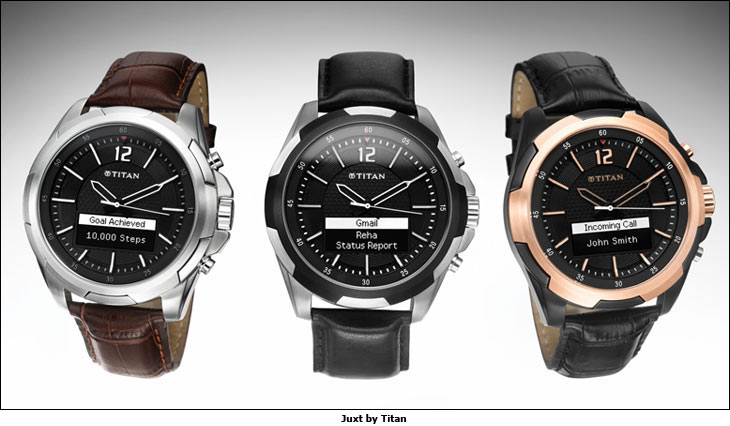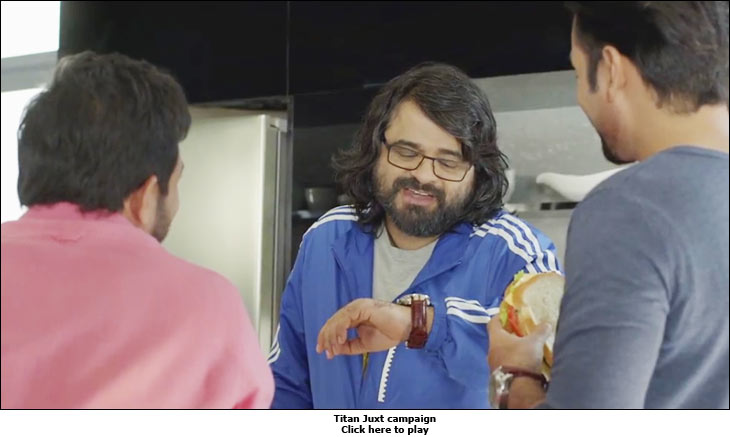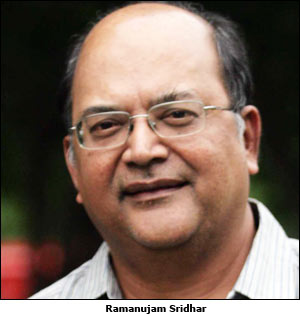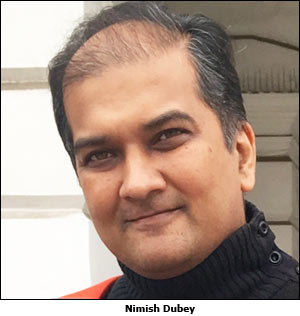Titan’s constant innovation shows that no company, not even a market leader, can rest
on earlier successes
I am a watch marketer’s dream customer! I admire
watches, covet them and often buy them which explains why I own an indecent
number of them as I am also gifted watches often. In 1987, I was gifted a
lovely Titan watch by my wife for our fifth wedding anniversary. 1992 was our
tenth and another exquisite Titan watch was received. For our fifteenth wedding
anniversary in 1997 (the same wife) gifted me another interesting Titan watch.
I have always maintained that wives are amazingly creative in gifting at least!
But I must mention that over the years watches suddenly seem less exciting than
the iPhone and that perhaps best explains the challenges facing Titan watches,
the market leader by far, who has the onerous task of expanding the market. The
challenge seems to be that many people seem to view watches as utilitarian time
keeping devices and not as fashion accessories as Titan would like us to
believe. They would like customers to mix and match watches with their clothes
and that’s the objective of this commercial featuring Aamir Khan in his Mangal
Pandey look.
Of course, they were preaching to the choir in my
case as I believed in this dictum, followed it and even evangelised it. But it
is a reality particularly in today’s mobile dependent world and many young
students of mine say “why wear a watch sir, I have a mobile that shows me the
time “.
Fashion that you can wear
Rather than carrying technology through a mobile
device, Titan asks you to wear it fashionably on your wrist. It is a watch in
the true sense of the word and does not look like a gadget though Titan has
tied up with HP for this smart watch JUXT.
Titan’s research suggests that while a gadget may
have multiple features consumers use only a few of them regularly and
extensively. People constantly get incoming calls, mail and social media notifications
even if they are in a meeting and that constantly disturbs the others in the
meeting whereas in the JUXT only the wearer needs to know that he has received
a notification. The other pain point that all smart phone users complain about
is the fact that they have to charge their devices daily. The Titan smart watch
has been designed to remain charged for 5 days and with smart handling, the
battery could last up to seven days even as it shows the world time with the
customer choosing the geographies that he might be interested in.
Move your backside
Today’s youngsters seem to be aware of the need for
fitness and activity even if they don’t do too much about it. They compare
notes on number of steps walked and seem to have gadgets like the Fitbit or
apps on their phone and on the rare days they do 10000 steps, they seem to have
celebratory binges! Here are two interesting commercials on YouTube which talk
about today’s youngsters who often creatively showcase their laziness and seem
to forget their dates with friends the moment they see a pretty girl! In line
with today’s media strategy when you are talking to youngsters, the focus is on
YouTube and Twitter. The commercials speak the language of the young, tech
savvy, upwardly mobile professional who is the target audience for this
communication.
Innovation is the name of the
game
The cornerstone of Titan’s management philosophy
has been innovation. Quite simply put Titan changed the way the watch was made,
it was looked at and the way it was sold. I know of some companies who do
something truly innovative and then keep talking about it for the next twenty
five years. Not so Titan, look at the innovation calendar for Titan from the
time of its launch in 1989.
Titan’s Product
Innovation timeline
1989: Aqura,
trendy range for the youth, colourful, smart and affordable plastic watches
1992: Raga,
the ethnic range, for the sophisticated Indian woman
1993:
Insignia, high end watches, for exclusivity and status
1994: Psi
2000, rugged, sporty, 200m water resistance, high
precision, for the adventurous
1996: Dash,
cute and colourful range for kids
1997: Sonata,
affordable, good quality range for the budget conscious
1998:
Fastrack, cool, trendy range for the young and young-at-heart
1999: Nebula,
solid gold and diamond studded range of luxury watches
2002: Edge,
the slimmest watch in the universe
2008: Octane,
Diva, WWF and Zoop
And yet, when Titan was being
innovative most of the excitement was happening in a different category - the
mobile phone. Youngsters especially are obsessed with this category and keep
showing off and sharing what is happening to the whole world. Watches as a
category have steadily been less interesting and consequently of lesser
involvement to consumers. The Titan JUXT is an attempt to bridge this gap and
get consumers interested again in watches with all the important features of a
smart phone. Will it be a success is the million dollar question? But what it
demonstrates once again is that no company even if it is the market leader can
afford to sit back on its earlier successes or past innovations. It needs to
keep upping the ante and that is precisely what Titan is doing.
In the meanwhile I keep wondering
who the lucky individual is, who is going to gift me a Titan JUXT!










